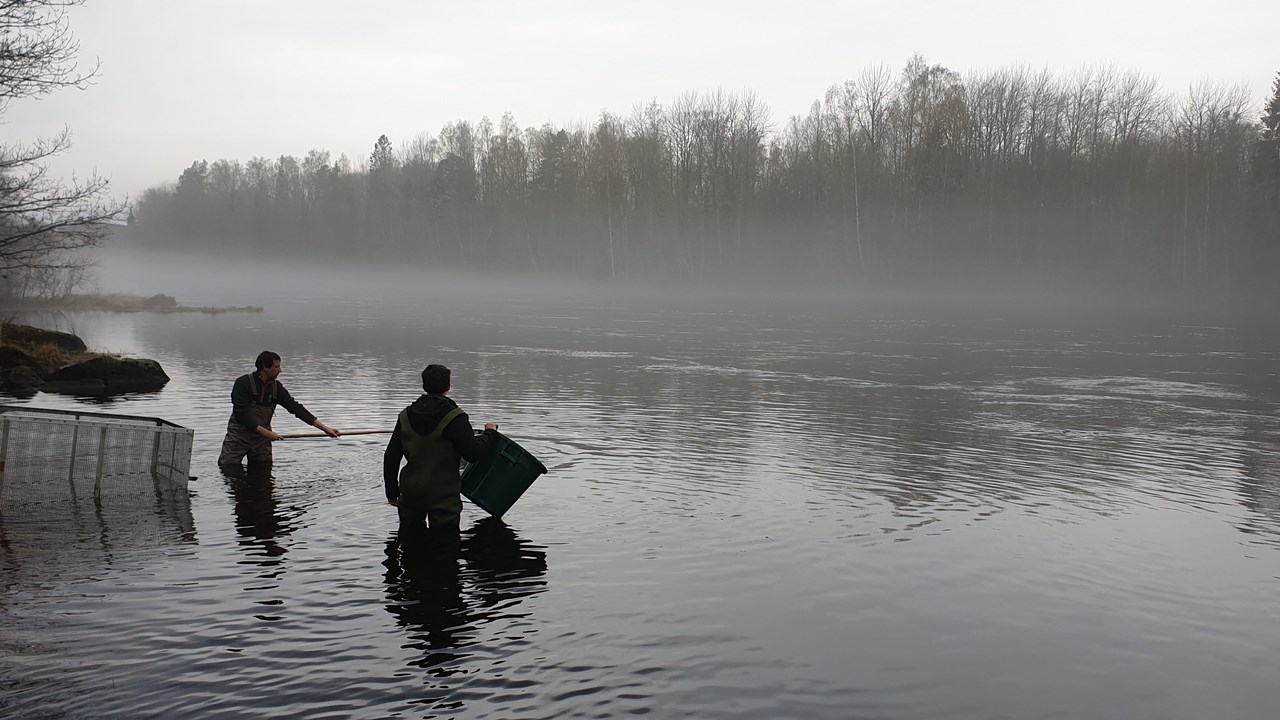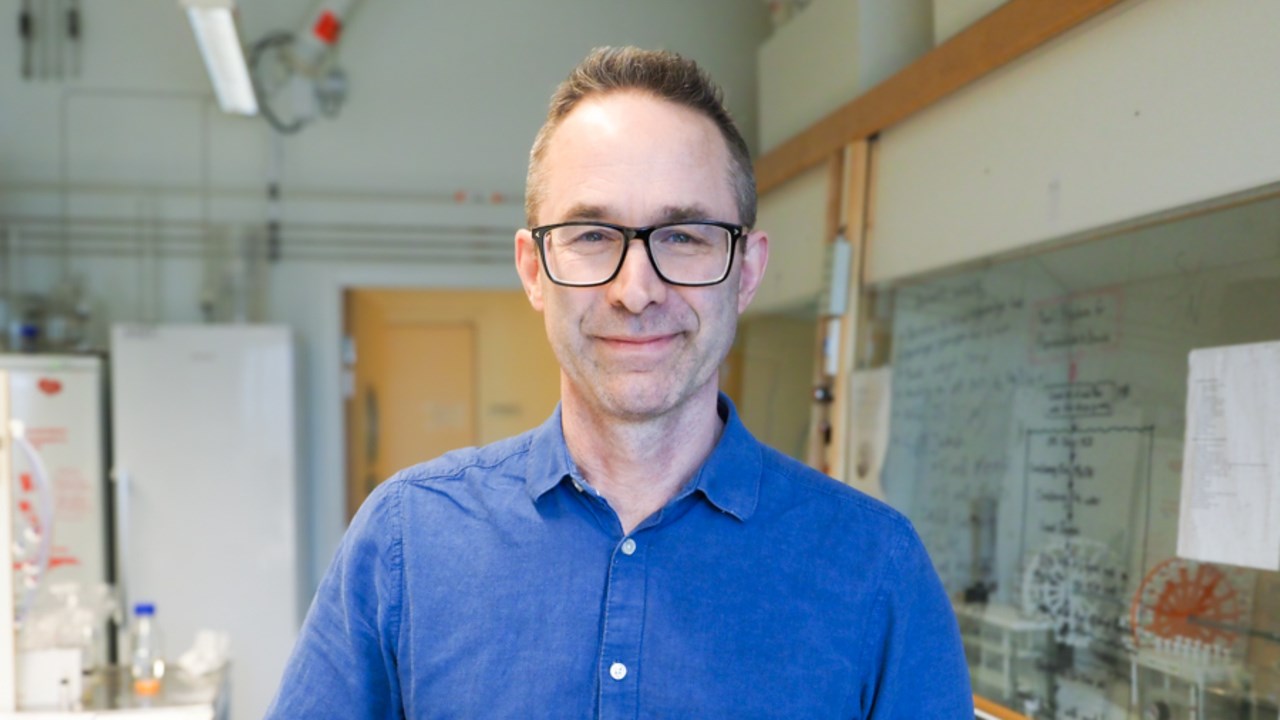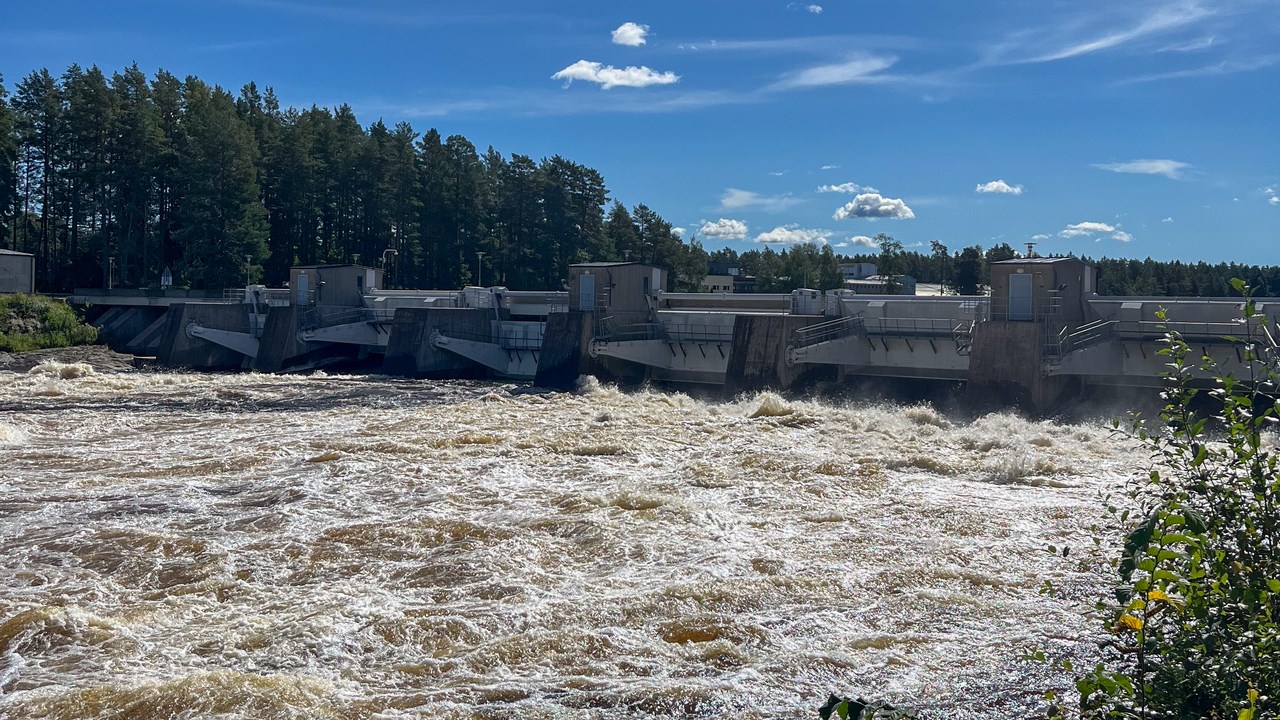About the publication
Pharmaceutical pollution influences river-to-sea migration in Atlantic salmon (Salmo salar)
Published in Science
Jack A. Brand, Marcus Michelangeli, Samuel J. Shry, Eleanor R. Moore, Aneesh P.H. Bose, Daniel Cerveny, Jake M. Martin, Gustav Hellström, Erin S. McCallum, Annika Holmgren, Eli S.J. Thoré, Jerker Fick, Tomas Brodin, Michael G. Bertram






